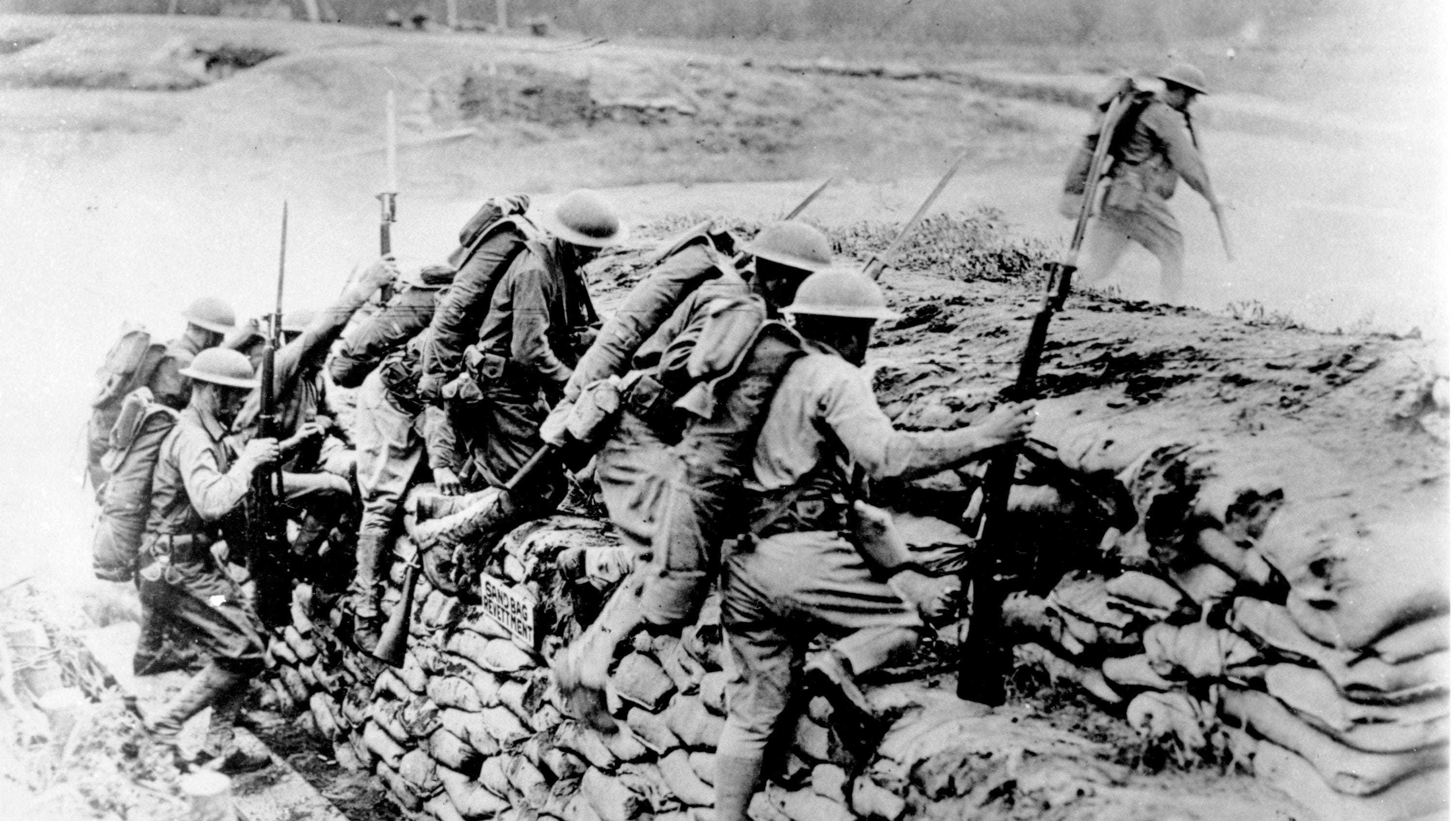

Canada and the First World War, Library and Archives CanadaĬanada Earns Its Independence (1918-1931).The sacrifice of so much Canadian life abroad solidified opinion back home that Canada was a mature nation in its own right, and deserved to be recognized as such. Behind the scenes, he pointedly insisted that if Canadian soldiers were going to be used to fight the Empire’s wars, Canada’s government should have greater say in how those wars were fought.Ĭanadian soldiers, in any case, performed exceptionally, making heroic contributions on key European fronts, most notably the Battle of Vimy Ridge in France (1917), where more than 3,000 Canadians were killed. More than 650,000 Canadians would fight in Europe, but they were overwhelmingly of English heritage. The Canadian prime minister of the time, Robert Borden (1854-1937, served 1911-1917), was a strong backer of Britain’s war effort, but was simultaneously skeptical of London’s sense of entitlement regarding the service of colonial troops. They had no interest in fighting “English wars” and viciously opposed efforts by the federal government to impose a national draft. The French-Canadian residents of Quebec were particularly resentful. Canada received an awkward reminder that despite the country’s emerging status as one of the wealthiest, most industrialized, modern societies on earth, it was still a mere colonial possession of a much stronger empire, unauthorized to run its own foreign affairs. It was a confusing war without much obvious relevance to Canada, yet all British colonies were promptly expected to fight alongside the motherland. In 1914, Germany invaded Belgium, which forced Britain to go to war with Germany due to an alliance the Brits and Belgians had at the time. True, a few rich folk at the top were getting much richer than everyone else - and much faster - but compared to the state of much of the rest of the planet, things in Canada seemed to be going quite well indeed.

Under the 15-year leadership of Prime Minister Wilfred Laurier (1841-1919, served 1896-1911), Canada pursued policies that yielded great economic growth, and a rising standard of living for almost everyone.

To this day, the 10 years between 19, when Canada welcomed some two million new residents, remain the country’s largest population boom. No longer simply French and English, large numbers of Canadians were now Irish, Italian, Polish, Ukrainian, Dutch, or Scandinavian - and even some Chinese and Japanese, too. Canada’s raw natural resources were now being processed into useful products such as lumber, textiles, and meat - creating all sorts of new jobs that got people off the farm and out of the woods.Ī massive influx of immigrants, intended to settle uninhabited parts of the Canadian west, helped change the fundamental ethnic makeup of the country. The development of new machines under the frantic period of late-19th century modernization known as the Industrial Revolution saw a dramatic growth in city-based factory work. As new provinces were settled, new cities began to spring up, and by the 1910s half of all Canadians were living urban, rather than rural lives for the first time. Originally a nation of farmers, fishermen, loggers, and fur traders, the dawn of the 20th century saw a full-scale transformation of Canadian society. As the century concluded, this confederation proceeded to expand to the east and north, eventually taking over the entire northern half of the continent. After years of political turmoil, the late 19th century saw four of Britain’s North American colonies unify into a single, self-governing confederation called Canada.


 0 kommentar(er)
0 kommentar(er)
